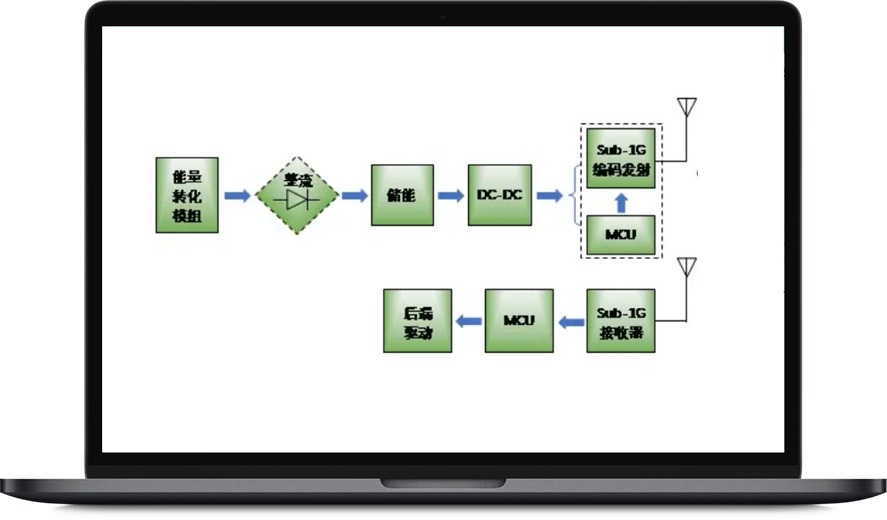HOT Search
Hot News


 Solve Battery Anxiety
Solve Battery AnxietyThe concept of self-generating wireless remote control devices refers to the ability of the device itself to generate the required electrical energy to power it through energy harvesting technology, such as solar energy, kinetic energy harvesting or other renewable energy sources, without the need to replace batteries or external power sources. The application of this technology can reduce reliance on batteries, reduce environmental impact, and provide a longer service life.
The development potential of self-generated wireless remote control equipment is huge. As the technology matures and is widely used, it will help promote the sustainable development of the smart home appliance industry, reduce energy consumption, and provide a more convenient and safe use experience.





